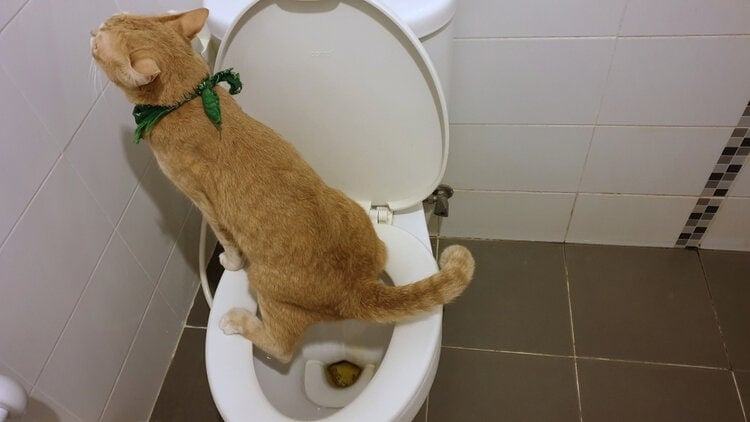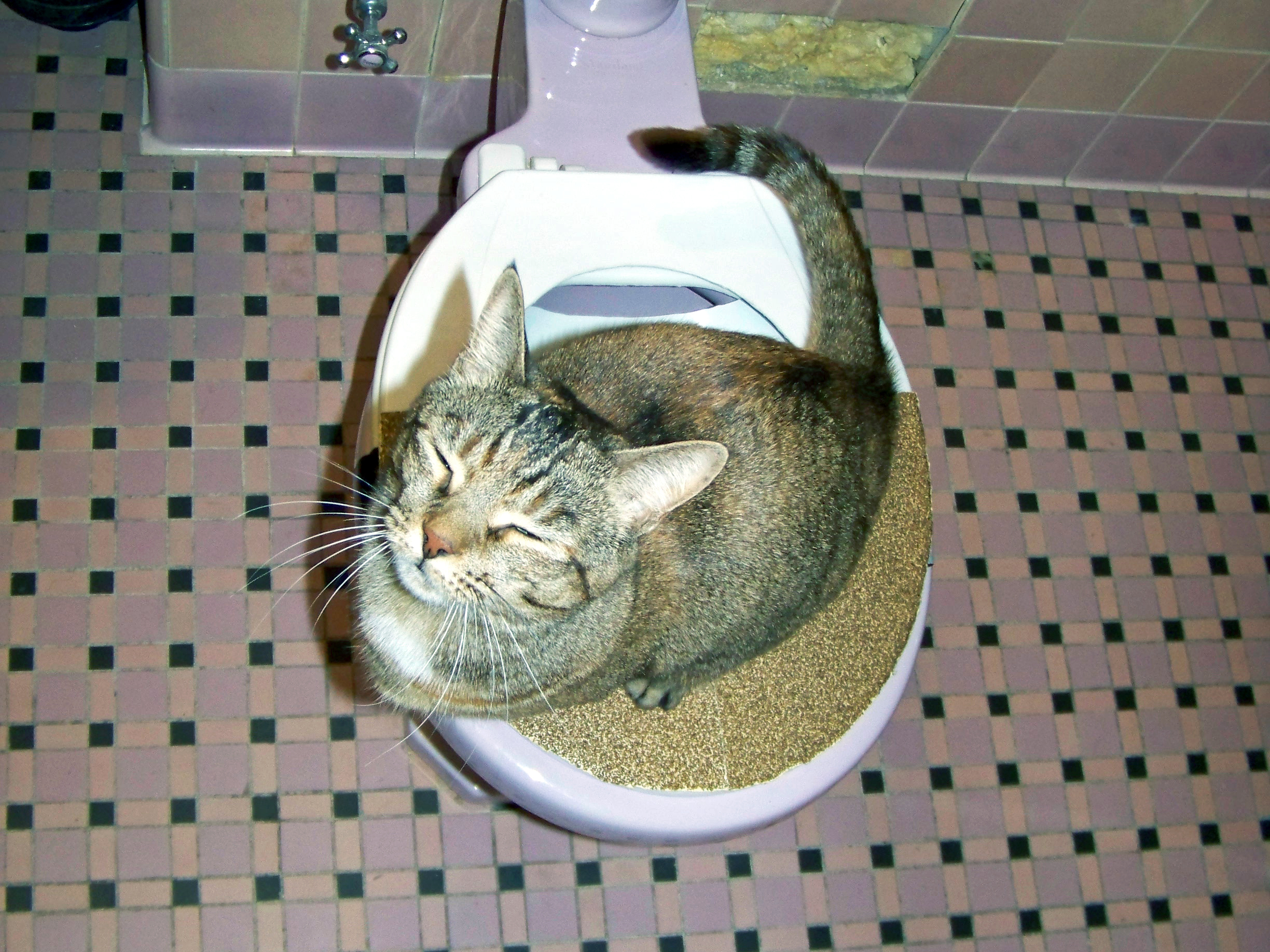Just about everyone may have their personal way of thinking with regards to 10 Things You Should Never Flush Down The Toilet.

When it comes to taking care of waste, especially animal waste, lots of people often turn to the hassle-free alternative of flushing it down the commode. However, this relatively simple remedy can have serious repercussions for the setting and public health. In this write-up, we'll explore why flushing animal waste down the toilet is a poor idea and supply alternate techniques for appropriate disposal.
Introduction
Correct garbage disposal is crucial for maintaining ecological sustainability and public health. While it may seem safe to flush animal waste down the toilet, it can cause various concerns, both for the atmosphere and human well-being.
Dangers of flushing pet waste
Environmental influence
Flushing pet waste introduces dangerous germs and virus into waterways, which can negatively influence aquatic environments. These pathogens can contaminate water resources and injury aquatic life, disrupting delicate ecological communities.
Public health concerns
Animal waste consists of hazardous germs such as E. coli and Salmonella, which can present significant health risks to humans. Flushing animal waste down the toilet can contaminate water supplies, resulting in the spread of diseases and infections.
Alternatives to flushing
Rather than purging animal waste down the toilet, there are several alternative disposal approaches that are more eco-friendly and sanitary.
Composting
Composting animal waste is an environmentally friendly way to dispose of it. By composting, organic matter is broken down right into nutrient-rich soil, which can be made use of to fertilize yards and plants.
Landfill disposal
Dealing with pet waste in a garbage dump is an additional choice. While not as environmentally friendly as composting, it is a more secure option to flushing, as it prevents the contamination of water resources.
Pet waste disposal systems
There are customized pet garbage disposal systems offered that securely and hygienically dispose of animal waste. These systems often use enzymes to break down waste and eliminate odors.
Steps to appropriate pet garbage disposal
To ensure proper disposal of pet waste, comply with these steps:
Scooping and nabbing waste
On a regular basis scoop and bag pet waste using biodegradable bags. This protects against waste from infecting the setting.
Making use of marked waste containers
Dispose of bagged pet waste in marked waste containers, such as compost bins or landfill bins. Stay clear of flushing it down the bathroom in any way costs.
Cleaning litter boxes and animal locations consistently
On a regular basis clean can and family pet areas to stop the buildup of waste and bacteria. Use pet-safe cleaning items to maintain health.
Advantages of correct disposal approaches
Embracing correct disposal methods for animal waste uses a number of benefits:
Minimized environmental pollution
Correct disposal methods lower the risk of environmental pollution, safeguarding rivers and communities from contamination
Decreased danger of water contamination.
By staying clear of flushing animal waste down the toilet, the danger of water contamination is dramatically reduced, safeguarding public health.
Enhanced cleanliness and health
Appropriate disposal approaches advertise much better sanitation and hygiene, creating a safer environment for both humans and animals.
Conclusion
Finally, check here purging animal waste down the toilet is dangerous to the atmosphere and public health. By adopting alternative disposal approaches and complying with proper waste monitoring practices, we can decrease the unfavorable impact of pet waste and contribute to a cleaner, much healthier world.
What To Do With Dog Poo – The Do's And Don'ts Of Disposing Of Faeces
Dog poo bins
Some councils provide dedicated dog waste bins in popular dog-walking areas that can take dog poo that has been bagged but you can legally dispose of dog waste in any public litter bin, as long as it is securely bagged. This also applies to your wheelie bin at home.
Do not flush
Water companies do not recommend flushing dog faeces down the toilet because certain parasites can survive the water processing treatment and are potentially harmful to humans. You should also never consider flushing dog poo that has been bagged down the toilet as the bags will not break down and instead create severe blockages in the sewage system.
In the woods
The Forestry Commission promotes a ‘stick and flick’ method for dealing with waste in the woods. This means finding a stick and using it to flick any poo from off the path so that it is out of the way of other walkers. You could also bury it as long as it is not in an area where there might be livestock.
Livestock
Parasites found in dog poo can be transmitted to livestock if they inadvertently eat infected faeces that has been left on grazing land. This could result in the death of sheep or abortion in cattle so you should always make sure you pick up your dog’s waste in fields where livestock could be present.

On a regular basis clean can and family pet areas to stop the buildup of waste and bacteria. Use pet-safe cleaning items to maintain health.
Advantages of correct disposal approaches
Embracing correct disposal methods for animal waste uses a number of benefits:
Minimized environmental pollution
Correct disposal methods lower the risk of environmental pollution, safeguarding rivers and communities from contamination
Decreased danger of water contamination.
By staying clear of flushing animal waste down the toilet, the danger of water contamination is dramatically reduced, safeguarding public health.
Enhanced cleanliness and health
Appropriate disposal approaches advertise much better sanitation and hygiene, creating a safer environment for both humans and animals.
Conclusion
Finally, check here purging animal waste down the toilet is dangerous to the atmosphere and public health. By adopting alternative disposal approaches and complying with proper waste monitoring practices, we can decrease the unfavorable impact of pet waste and contribute to a cleaner, much healthier world.
What To Do With Dog Poo – The Do's And Don'ts Of Disposing Of Faeces
Dog poo bins
Some councils provide dedicated dog waste bins in popular dog-walking areas that can take dog poo that has been bagged but you can legally dispose of dog waste in any public litter bin, as long as it is securely bagged. This also applies to your wheelie bin at home.
Do not flush
Water companies do not recommend flushing dog faeces down the toilet because certain parasites can survive the water processing treatment and are potentially harmful to humans. You should also never consider flushing dog poo that has been bagged down the toilet as the bags will not break down and instead create severe blockages in the sewage system.
In the woods
The Forestry Commission promotes a ‘stick and flick’ method for dealing with waste in the woods. This means finding a stick and using it to flick any poo from off the path so that it is out of the way of other walkers. You could also bury it as long as it is not in an area where there might be livestock.
Livestock
Parasites found in dog poo can be transmitted to livestock if they inadvertently eat infected faeces that has been left on grazing land. This could result in the death of sheep or abortion in cattle so you should always make sure you pick up your dog’s waste in fields where livestock could be present.

I was made aware of that article about Can You Flush Dog and Cat Poo Down the Toilet? from a friend on another web property. If you enjoyed reading our blog entry if you please make sure you remember to share it. I enjoy reading our article about .
This Page